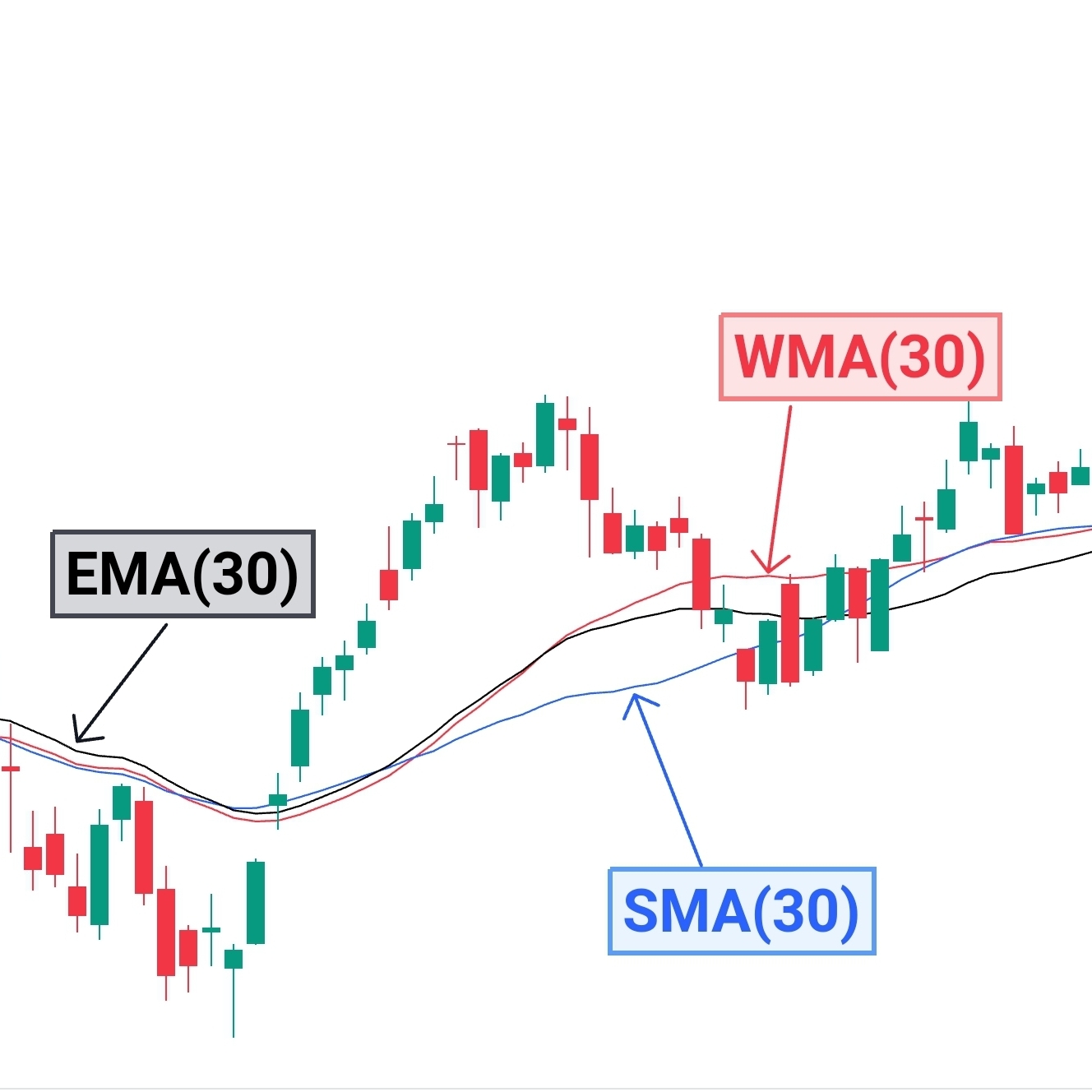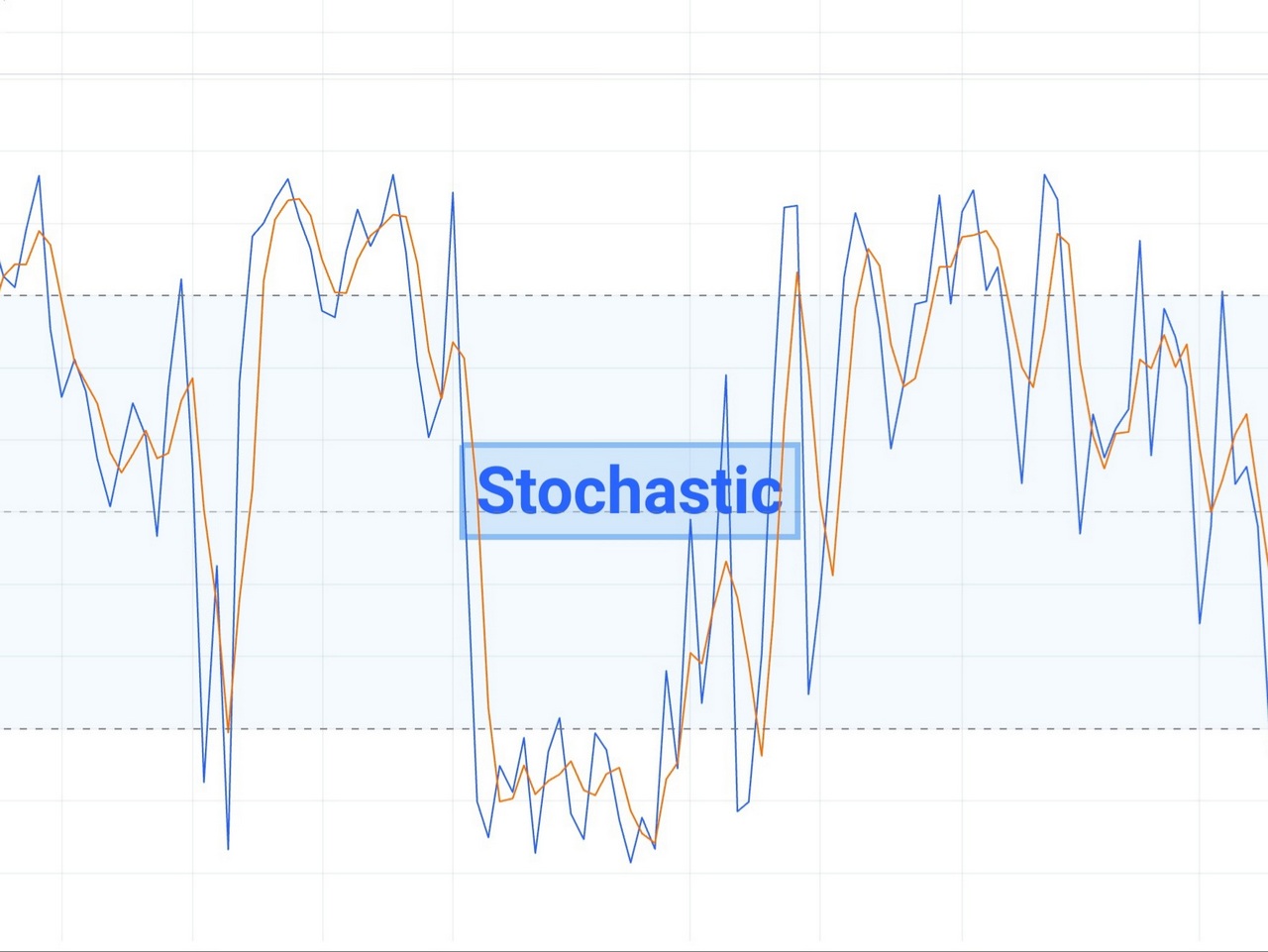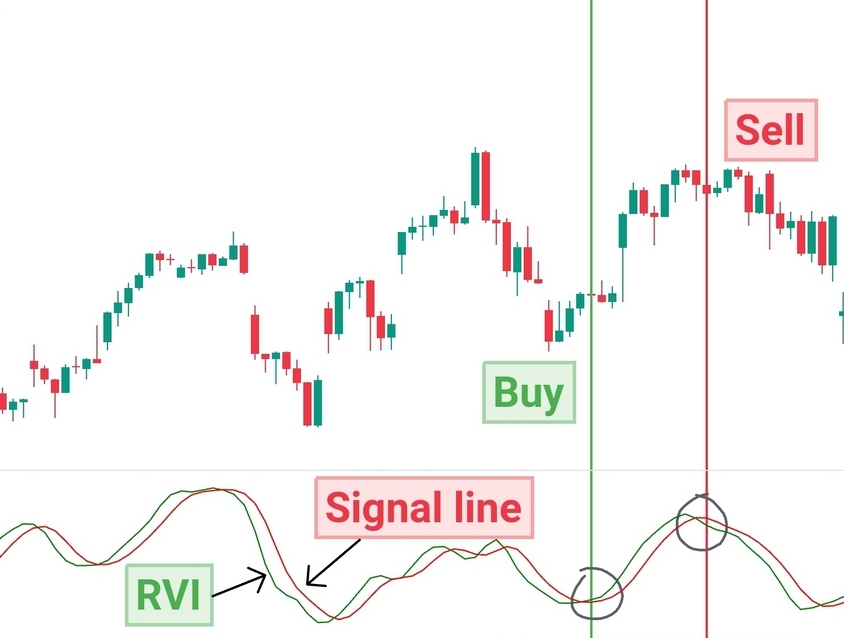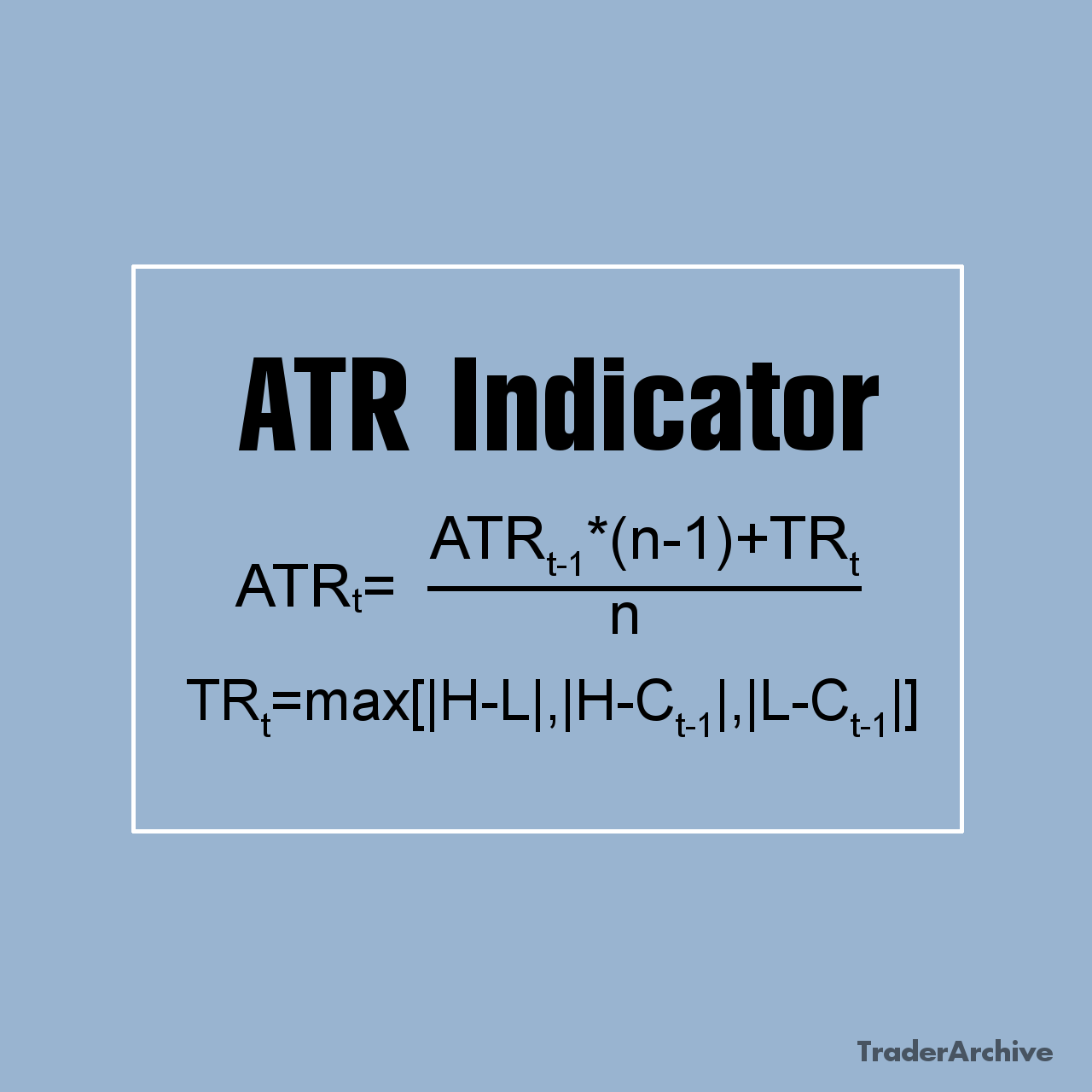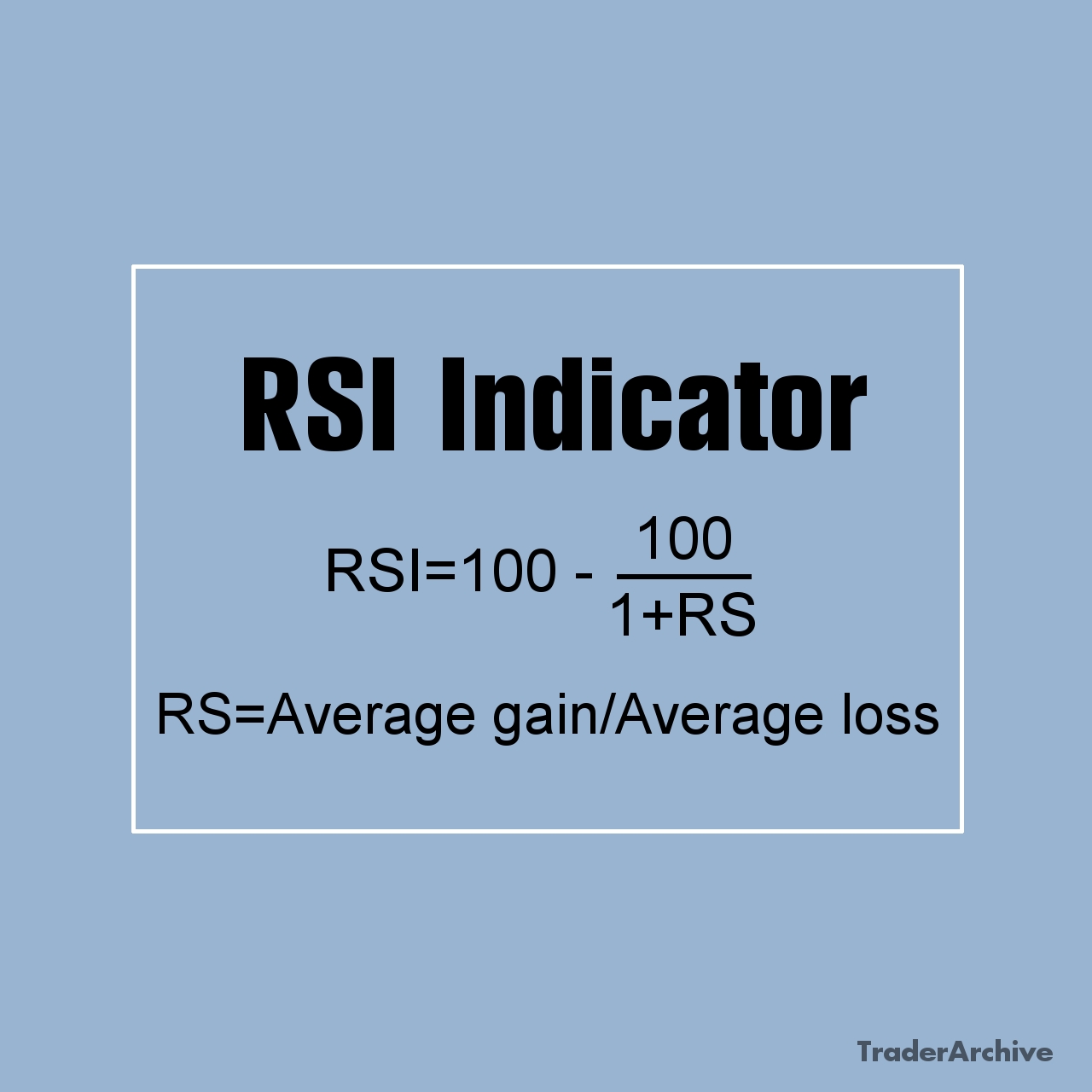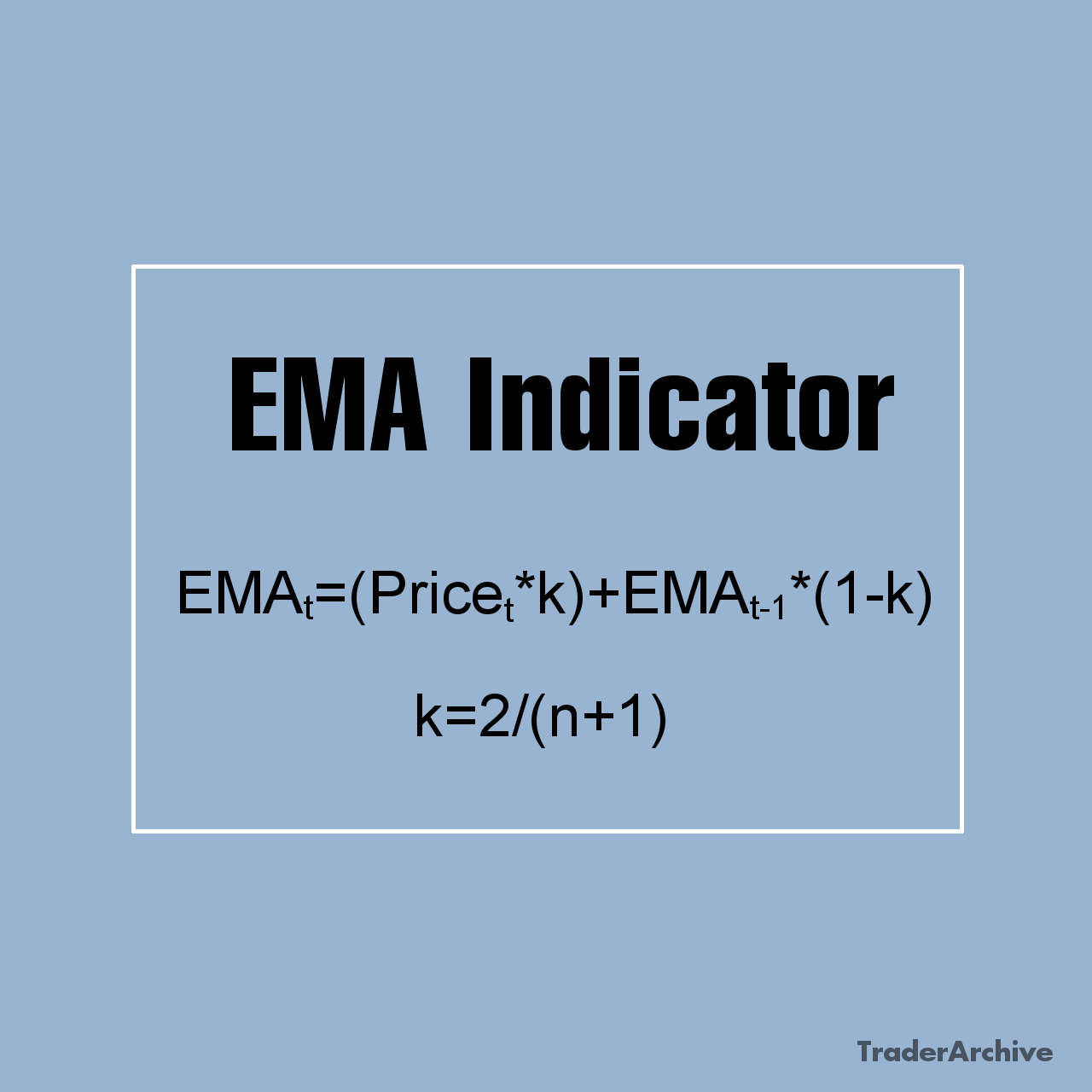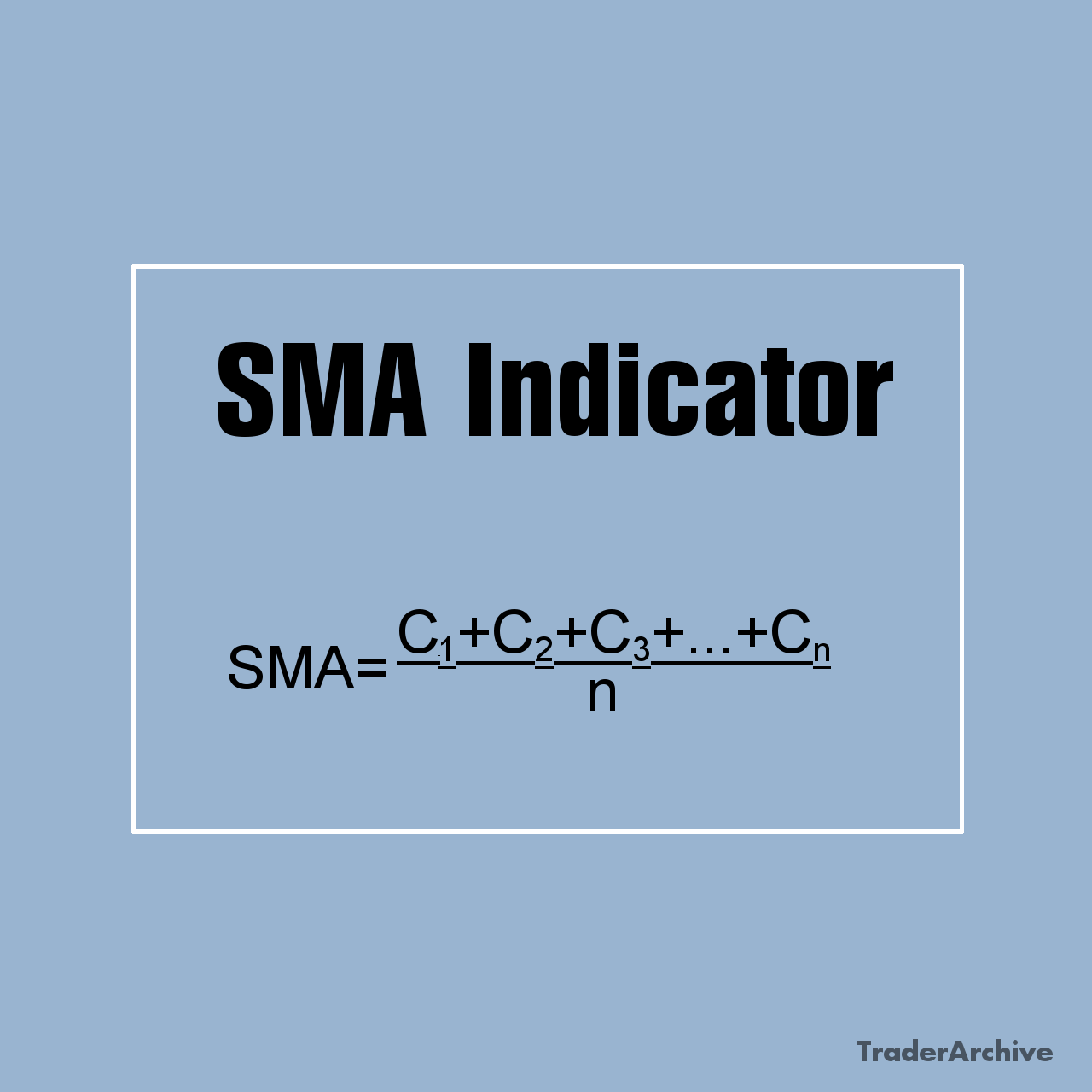Often overshadowed by ETFs, closed-ended funds offer unique advantages and characteristics that make them a valuable addition to any investment portfolio. This article aims to provide a thorough manual to closed-ended funds, covering their definition, structure, advantages, disadvantages, and tips for investors.
Understanding Closed-Ended Funds
Closed-ended funds, also known as closed-end funds or CEFs, are collective investment vehicles that raise capital by issuing a fixed number of shares through an initial public offering (IPO). Unlike open-ended funds or ETFs, which continuously issue and redeem shares based on investor demand, closed-ended funds have a fixed pool of capital, and investors can only buy or sell shares on a secondary market, such as a stock exchange.
One of the defining features of closed-ended funds is their ability to trade at premiums or discounts to their net asset value (NAV). Since closed-ended funds trade on secondary markets, the market price of their shares may deviate from the NAV of the underlying assets. This price dislocation can present opportunities for investors to buy assets at a discount or sell at a premium, depending on market dynamics.
Closed-ended funds typically invest in a diversified portfolio of assets, including stocks, bonds, real estate, commodities, and alternative investments. They are managed by professional investment managers or advisory teams tasked with deploying capital in accordance with the fund’s investment objectives and strategies.
The market price of a closed-ended fund’s shares is determined by supply and demand dynamics in the secondary market, which may lead to deviations from the NAV.
Structure of Closed-Ended Funds
Closed-ended funds are structured as publicly traded companies, with shares listed on stock exchanges, such as the New York Stock Exchange (NYSE) or NASDAQ. The shares trade throughout the day at market prices, which may be at a premium or discount to the fund’s net asset value (NAV) per share.
The NAV of a closed-ended fund represents the total value of its underlying assets, minus liabilities, divided by the number of shares outstanding. Unlike open-ended funds, where the NAV is calculated daily based on the closing prices of the fund’s underlying assets, closed-ended funds calculate NAV periodically, often quarterly or semi-annually.
The market price of a closed-ended fund’s shares is determined by supply and demand dynamics in the secondary market, which may lead to deviations from the NAV. If the market price is higher than the NAV, the fund is said to be trading at a premium; if it’s lower, the fund is trading at a discount.
Types of Closed-Ended Funds
Closed-ended funds come in various types, each specializing in different asset classes, investment strategies, and objectives.
Equity CEFs
These funds primarily invest in stocks or equities of companies. They may focus on specific sectors, such as technology, healthcare, or energy, or follow a diversified approach across multiple sectors. Equity CEFs can be further categorized based on market capitalization (large-cap, mid-cap, small-cap) or investment style (growth, value, blend).
Fixed-Income CEFs
Fixed-income CEFs invest primarily in bonds, debt securities, or other fixed-income instruments. They may focus on various segments of the fixed-income market, such as government bonds, corporate bonds, municipal bonds, high-yield bonds, or international bonds. Fixed-income CEFs may also employ strategies like duration management, credit quality selection, and yield curve positioning to enhance returns or manage risk.
Sector-Specific CEFs
These funds concentrate their investments in a particular sector or industry, such as technology, healthcare, real estate, or utilities. Sector-specific CEFs provide targeted exposure to specific sectors or themes and allow investors to capitalize on sector-specific opportunities or trends.
Global and International CEFs
Global and international CEFs invest in stocks, bonds, or other assets outside of the investor’s home country. They provide exposure to international markets, including developed markets, emerging markets, or specific regions or countries. Global and international CEFs offer diversification benefits and opportunities for capital appreciation from global economic growth and market trends.
Balanced or Asset Allocation CEFs
Balanced or asset allocation CEFs invest in a mix of asset classes, such as stocks, bonds, and cash equivalents, to achieve a balanced portfolio allocation. These funds aim to provide a combination of income generation, capital appreciation, and risk management by diversifying across different asset classes and investment strategies.
Alternative CEFs
Alternative CEFs invest in non-traditional asset classes or alternative investments, such as real estate, infrastructure, commodities, natural resources, master limited partnerships (MLPs), or private equity. These funds offer unique opportunities for diversification and potential for higher returns, albeit with higher risk and lower liquidity compared to traditional asset classes.
Leveraged and Inverse CEFs
Leveraged and inverse CEFs use leverage or derivatives to amplify returns or provide inverse exposure to underlying benchmarks or indices. Leveraged CEFs seek to enhance returns by borrowing funds or using financial derivatives, while inverse CEFs aim to profit from declining markets or specific sectors by taking short positions or using derivatives.
Preferred Stock CEFs
Preferred stock CEFs invest primarily in preferred stocks, which combine features of both stocks and bonds. Preferred stock CEFs offer fixed dividends and priority over common stocks in dividend payments and liquidation, making them attractive for income-oriented investors seeking higher yields than traditional bonds or equities.
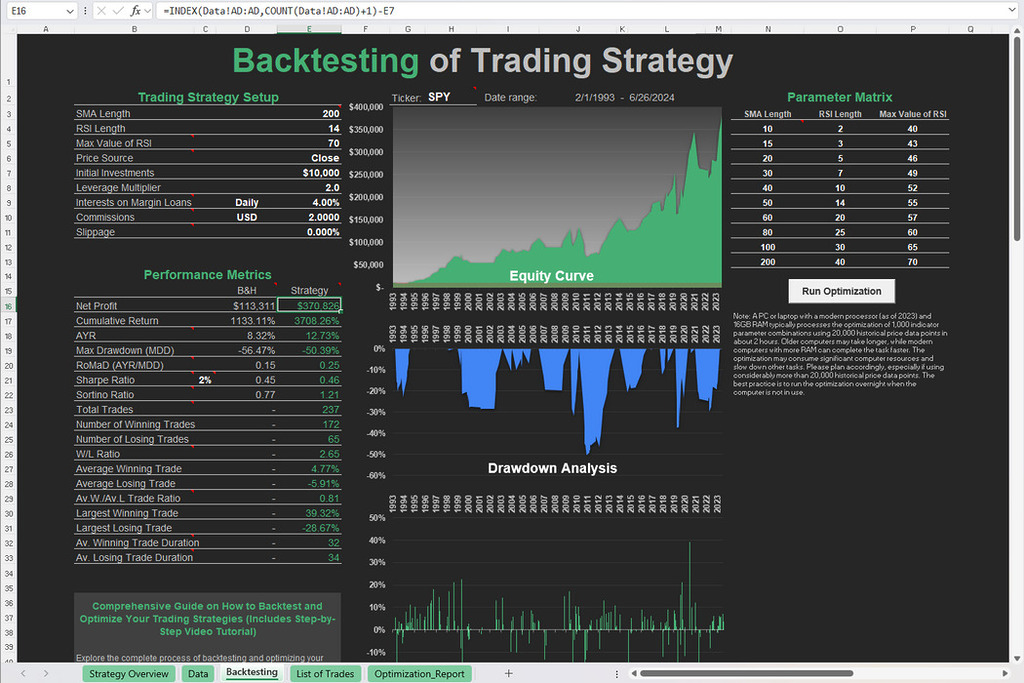
Free Backtesting Spreadsheet
Advantages of Closed-Ended Funds
Closed-ended funds offer several advantages that make them an attractive investment option for investors:
- Portfolio Diversification: Closed-ended funds provide access to a diversified portfolio of assets across various sectors, geographies, and asset classes, helping investors spread risk and reduce concentration.
- Professional Management: These funds are managed by experienced investment professionals or asset management firms with expertise in selecting and managing investment portfolios. Unlike index funds or exchange-traded funds (ETFs), which typically track a benchmark index passively, closed-ended funds allow for active management and tactical asset allocation, potentially capitalizing on market inefficiencies and mispricing.
- Discount Opportunities: Closed-ended funds often trade at discounts to their NAV, presenting opportunities for investors to purchase assets at prices below their intrinsic value. These discounts can narrow over time, potentially leading to capital appreciation for investors.
- Income Generation: Many closed-ended funds focus on income-generating assets, such as dividend-paying stocks, bonds, and real estate investment trusts (REITs), providing investors with regular income distributions.
Disadvantages and Risks
Despite their advantages, closed-ended funds also present several disadvantages and risks that investors should take into consideration. Market price volatility is one such risk. The market prices of closed-ended funds’ shares can experience significant fluctuations, influenced by factors such as investor sentiment, market conditions, and changes in interest rates. Illiquidity is another concern. While closed-ended funds do offer liquidity through secondary market trading, investors may encounter difficulties selling shares, particularly during periods of market stress or when trading volumes are low.
You should also consider that closed-ended funds often impose higher management fees compared to open-ended funds, along with other expenses such as administrative costs, which can erode investor returns over time.
Like other asset classes market and sector risk are inherent in closed-ended funds as well. CEFs are exposed to market and sector-specific risks associated with the assets they hold, including fluctuations in stock prices, interest rates, economic conditions, and geopolitical events.
Discount widening is also a risk factor to consider. While discounts to NAV can present buying opportunities for investors, they can also widen over time. If the market price falls below the NAV, investors may experience capital losses.
10 Tips for Building Your Investment Strategy with CEFs
- Look for CEFs with a history of high and consistent payouts. These could be municipal bond funds, tax-advantaged bond funds, or preferred stock funds. Remember, prioritize CEFs where distributions are funded from income, not a return of capital.
- Focus on CEFs that invest in stocks with growth potential. Covered call CEFs can also be a good option here, as they offer the potential for capital appreciation alongside income from option premiums.
- Choose a diversified CEF that invests across various asset classes and aims for a balance of income and capital appreciation.
- Look for CEFs trading at a discount to their net asset value (NAV). This means you are buying the fund’s assets for less than their market value. However, be sure the discount is justified by the underlying holdings and not a sign of underlying problems in the fund.
- Consider the trading volume of the CEF. Less liquid CEFs can be harder to buy and sell at a desired price.
- Understand how the CEF uses leverage. Leverage can amplify returns, but also magnify losses. Opt for moderately leveraged CEFs if you are risk-averse.
- Keep the expense ratio of the CEF in mind. Lower expense ratios mean more of your returns stay in your pocket.
- Before investing in any CEF, research its investment strategy, holdings, fees, and management team.
- CEFs can be volatile, so they may not be suitable for short-term investment goals.
- Don’t put all your eggs in one basket. Diversify your CEF portfolio investing in a variety of CEFs as well as other asset classes to spread out your risk.
How to Choose Best Closed-Ended Fund
There are several CEF screeners available online that can help you narrow down your search for suitable closed-end funds based on your investment goals. For example, CEF Connect Screener offered by Nuveen allows you to filter funds by various criteria like asset class, expense ratio, discount or premium to NAV, yield, and more. Another choice is Fidelity CEF Screener which provides a screener specifically for CEFs. You can filter by similar options as CEF Connect, including distribution rate, leverage ratio, and even pre-built screens focused on income or low leverage.
Final Thoughts
Closed-ended funds offer investors a unique opportunity to access diversified portfolios of assets, professional management, and potential for income generation and capital appreciation. While they come with certain advantages and disadvantages, closed-ended funds can be a valuable addition to a well-rounded investment portfolio, providing diversification, liquidity, and active management capabilities.
By understanding the structure, advantages, disadvantages, and key considerations associated with closed-ended funds, investors can make informed decisions and effectively incorporate these investment vehicles into their overall investment strategy. As with any investment, thorough due diligence, ongoing monitoring, and risk management are essential to achieving long-term investment success with closed-ended funds.
Share on Social Media:

